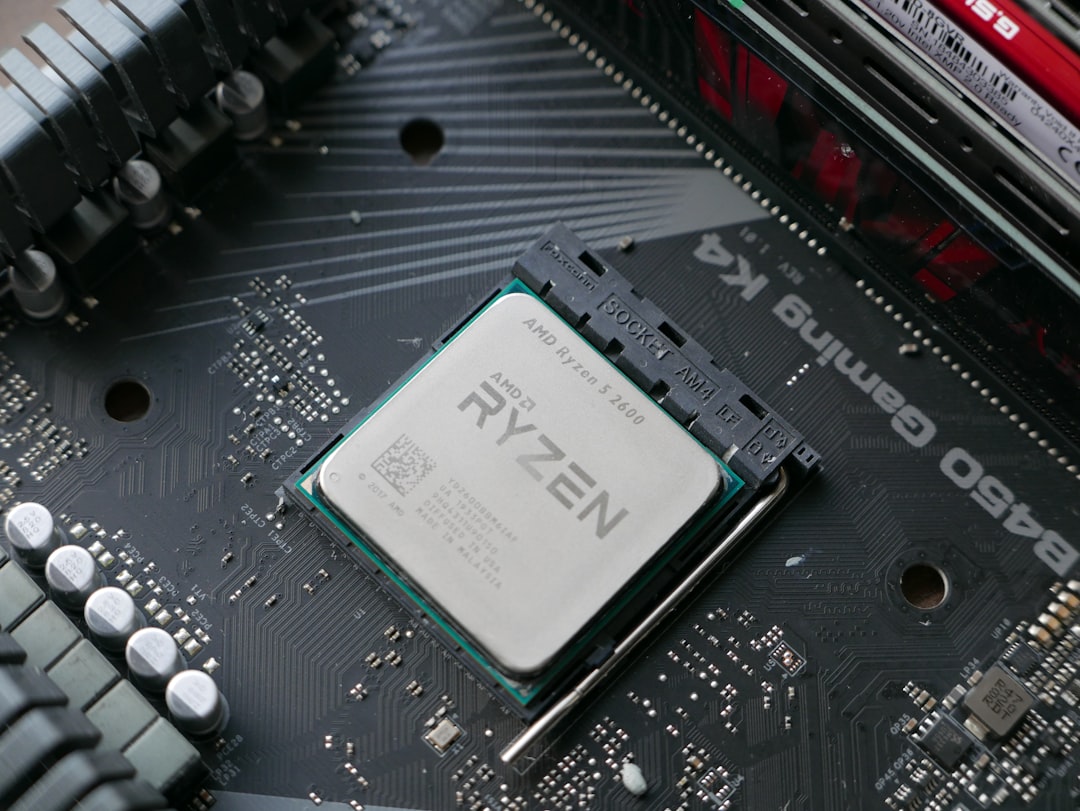Tom’s Hardware is one of the most reputable sources for hardware reviews, benchmarks, and performance comparisons. One of their most popular and frequently updated resources is the GPU Hierarchy List, which provides a ranked comparison of graphics card performance. But how often does this list get updated, and what factors influence the update cycle?
How Often Does Tom’s Hardware Update the GPU Hierarchy?
The update schedule for Tom’s Hardware’s GPU hierarchy list is not fixed to a specific date but is generally updated at regular intervals. Typically, you can expect to see new updates:
- When a major new GPU is released – New graphics cards from NVIDIA, AMD, or Intel usually prompt an update to position them in the rankings.
- Every few months – Even in the absence of major releases, the list is refreshed periodically to ensure it remains accurate.
- When significant driver updates impact performance – If a driver update significantly changes how a GPU performs, Tom’s Hardware may adjust its ranking accordingly.
Because the industry moves quickly, these updates are crucial in keeping the information valid and useful for gamers, creative professionals, and PC builders looking to make informed decisions.

Factors That Influence Updates
Several factors contribute to when and how Tom’s Hardware updates its GPU hierarchy. These include:
1. New GPU Launches
Whenever NVIDIA, AMD, or Intel announces and releases a new graphics card, the team at Tom’s Hardware tests it thoroughly to determine its position in the hierarchy. This ensures that readers know how new GPUs compare to older models.
2. Performance Revisions Due to Driver Updates
GPU manufacturers release driver updates frequently, and some of these can have a significant impact on performance. If a new driver improves or degrades the performance of a specific GPU, updates may be reflected in the rankings.
3. New Benchmarking Methodologies
Sometimes, Tom’s Hardware revises its benchmarking methods to stay current with industry standards or to better reflect real-world performance. When this happens, previously ranked GPUs may shift positions in the hierarchy.
4. Market Availability and Pricing
While the hierarchy is primarily based on performance, Tom’s Hardware also considers market changes when updating the list. If a previously strong GPU becomes widely unavailable or dramatically changes in price, its relevance may be adjusted accordingly.

Where to Find the Latest Updates
If you’re wondering whether the GPU hierarchy has been updated recently, the best approach is to check Tom’s Hardware directly. They usually note when the last update occurred at the top of the article. You can also keep an eye on their latest reviews and benchmarks to get a sense of upcoming changes.
Additionally, engaging with their forums or following their social media channels can provide insights into when the next update might be expected.
Why the Updates Matter
Keeping up with the latest updates on GPU rankings is important for several reasons:
- Better purchasing decisions – If you’re building or upgrading a PC, knowing the latest rankings helps you choose the best GPU for your budget.
- Informed gaming performance expectations – Understanding where a GPU stands ensures you know what to expect in terms of FPS and game settings.
- Keeping up with industry trends – The GPU market evolves quickly, so staying current with rankings helps enthusiasts and professionals stay ahead.

Conclusion
The Tom’s Hardware GPU Hierarchy is an invaluable resource for gamers, professionals, and hardware enthusiasts. Updates generally occur when new GPUs launch, when driver changes impact performance, and at regular intervals throughout the year. If you’re in the market for a new graphics card or just want to stay informed, checking this list frequently guarantees you’re making well-informed decisions.



